Reimer -Tiemann reaction involves a
Carbonium ion intermediate
Carbene intermediate
Carbanion intermediate
Free radical intermediate
The correct Answer is:B
Reimer-Tiemann reaction involves a carbene intermediate.
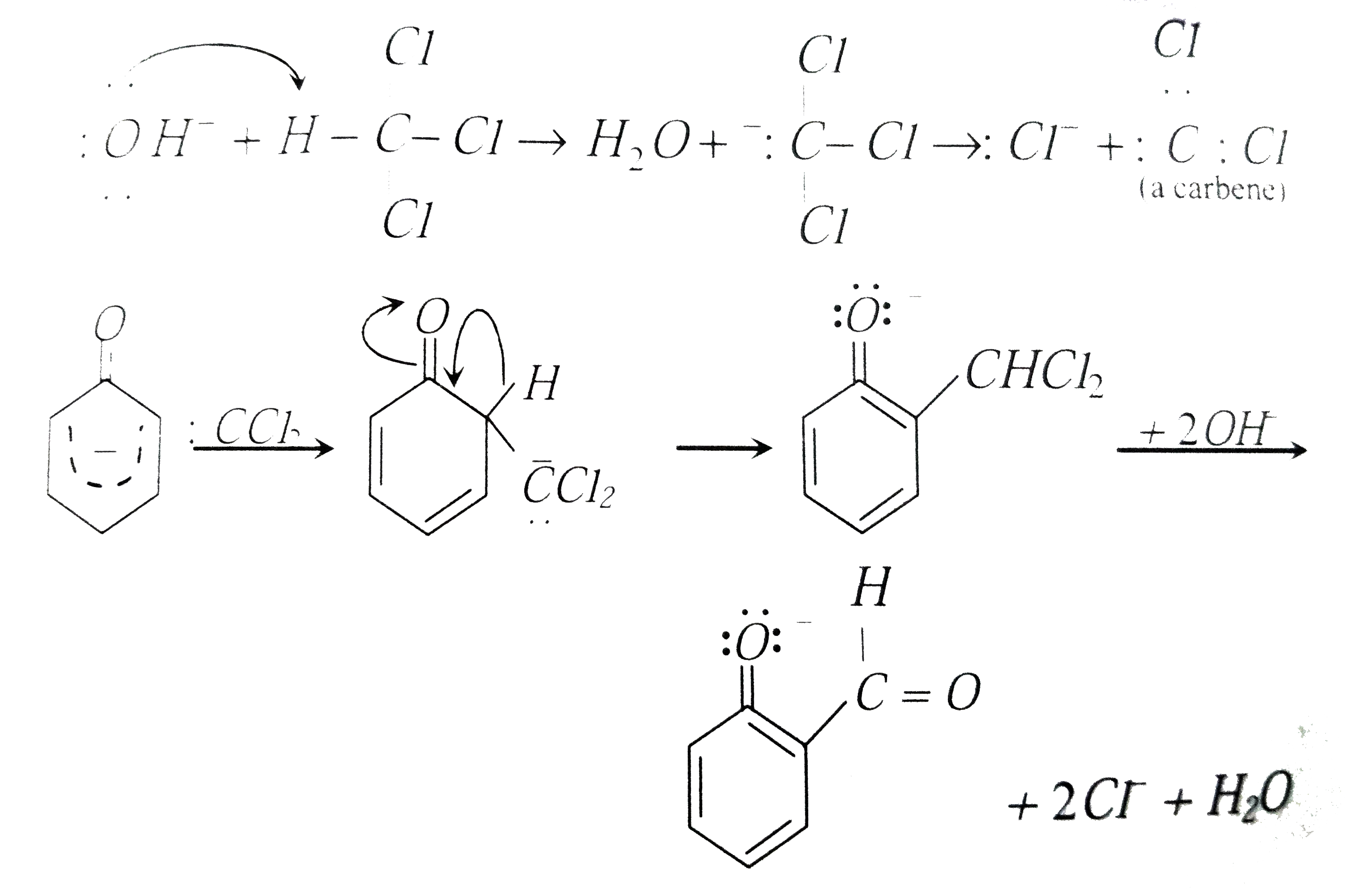
Topper's Solved these Questions
- CARBOXYLIC ACID AND THEIR DERIVATIVESBOOK - ERRORLESS CHAPTER - CARBOXYLIC ACID AND THEIR DERIVATIVESEXERCISE - Ordinary Thinking Objective Questions (Properties of Carboxylic Acids and Their Derivatives)
156 Videos
- CARBOXYLIC ACID AND THEIR DERIVATIVESBOOK - ERRORLESS CHAPTER - CARBOXYLIC ACID AND THEIR DERIVATIVESEXERCISE - Ordinary Thinking Objective Questions (Uses of Carboxylic Acids and Their Derivatives)
6 Videos
- CARBOXYLIC ACID AND THEIR DERIVATIVESBOOK - ERRORLESS CHAPTER - CARBOXYLIC ACID AND THEIR DERIVATIVESEXERCISE - Jee Section (Matrix Match type Questions)
2 Videos
- BIOMOLECULES AND POLYMERBOOK - ERRORLESS CHAPTER - BIOMOLECULES AND POLYMEREXERCISE - Jee section (Jee (Advanced 2018)) (More than one choice correct answer)
1 Videos
- CHEMICAL BONDING BOOK - ERRORLESS CHAPTER - CHEMICAL BONDING EXERCISE - JEE Section (Jee (advanced ) 2018)
1 Videos
Similar Questions
It is believed that chloroform and hydroxide ion react to produce an electron deficient intermediate dichlorocarbene : CCl2(DCC)
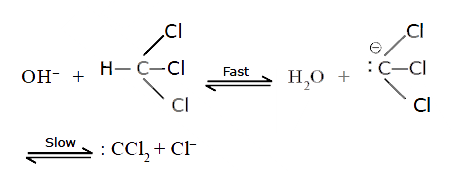
Treatment of phenol with DCC in basic medium introduces an aldehyde group, onto the aromatic ring. This reaction is known as Reimer Tiemann reaction.
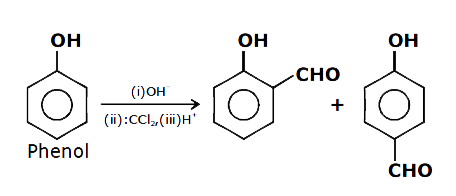
The Reimer-Tiemann reaction involves electrophilic substitution on highly reactive phenoxide ring The electrophilic reagent is dichloro carbene : CCl2.
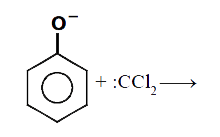

o-product is major product because :
(i) There are two o-positions available as compared to one para.
(ii) o-product is more stable due to the formation ofsix membered chelate formation.
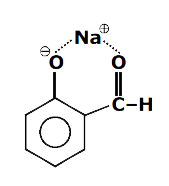
If 1∘ amines (aliphatic and aromatic) react with DCC in basic medium it yield isocyanide or carbylamine. The reaction is known as carbylamine reaction.
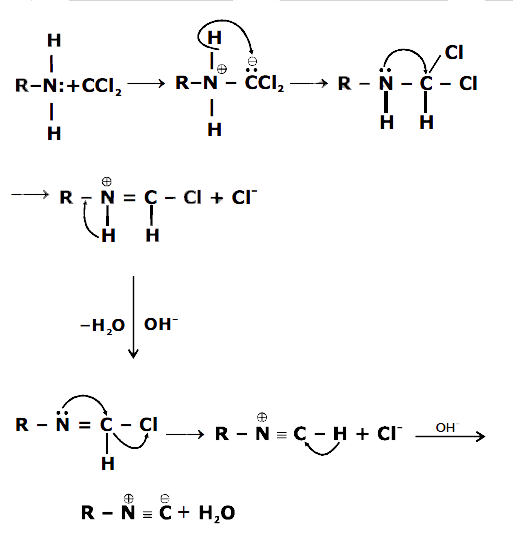
The product is known as isocyanide & it is a foul smelling substance.
Step marked by * is :
View SolutionReimer -Tiemann reaction introduces an aldehyde group on to the aromatic ring of phenol, ortho to the hydroxyl group. This reaction involves electrophilic aromatic substitution. This is a general method for the synthesis of substituted salicyladehydes as depicted below.
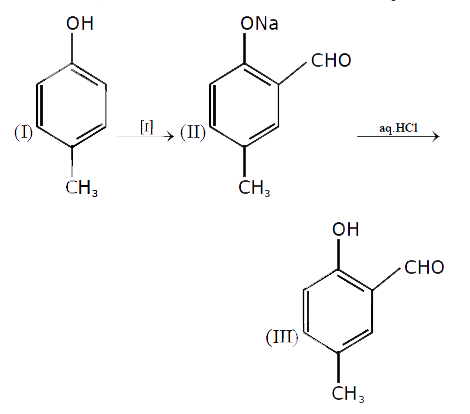
The electrophile in this reaction is
View Solution
Knowledge Check
Reimer -Tiemann reaction involves a
ACarbonium ion intermediateBCarbene intermediateCCarbanion intermediateDFree radical intermediateReimer Tieman reaction involves intermediate
ACarbonium ion intermediateBCarbene intermediateCCarbanian intermediateDFree radical intermediateThe product of Reimer-Tiemann reaction is a
Aphenolic aldehydeBhydroxyamineCnitroaldehydeDnitroalcohol
The product of Reimer-Tiemann reaction is a
View SolutionReimer Tiemann reaction introduces an aldehyde group, on to the ring of phenol, ortho to hydroxyl group. The reaction involves electro-philic aromatic substitution. This is a general method for synthesis of substituted salicyladehyde as depicted below
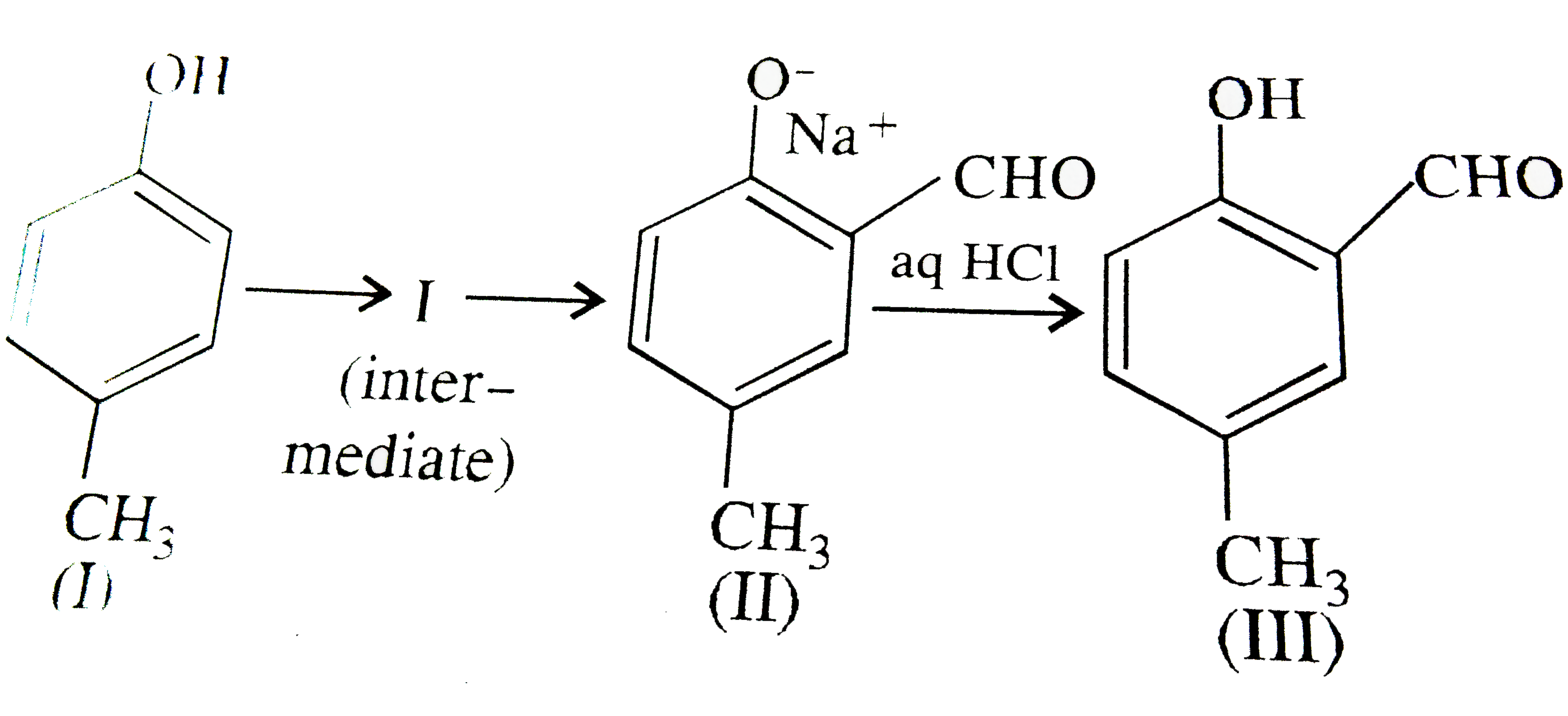
The electrophile in this reaction is
View SolutionReimer-Tiemann reaction introduces an aldehyde group, on to the aromatic ring of phenol, ortho to the hydroxyl group. This reaction involves electrophilic aromatic substitution. This is a general method for the synthesis of substituted salicyladehydes as depicted below.
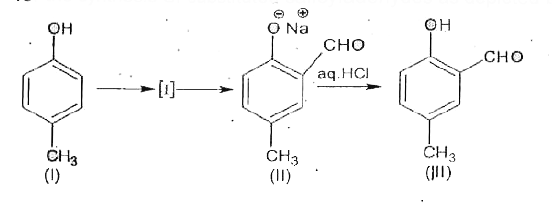
The electrophile in this reaction is
View Solution
Reimer-Tiemann reaction introduces an aldehyde group on to the aromatic ring of phenol, ortho to the hydroxyl group. Thi reaction involves electrophilic aromatic substitution. It is a general method for the synthesis of substituted salicylaldehydes as depicted below:
Q. The electrophilic in this reaction is-
View SolutionReimer Tiemann reaction introduces an aldehyde group, on to the ring of phenol, ortho to hydroxyl group. The reaction involves electro-philic aromatic substitution. This is a general method for synthesis of substituted salicyladehyde as depicted below
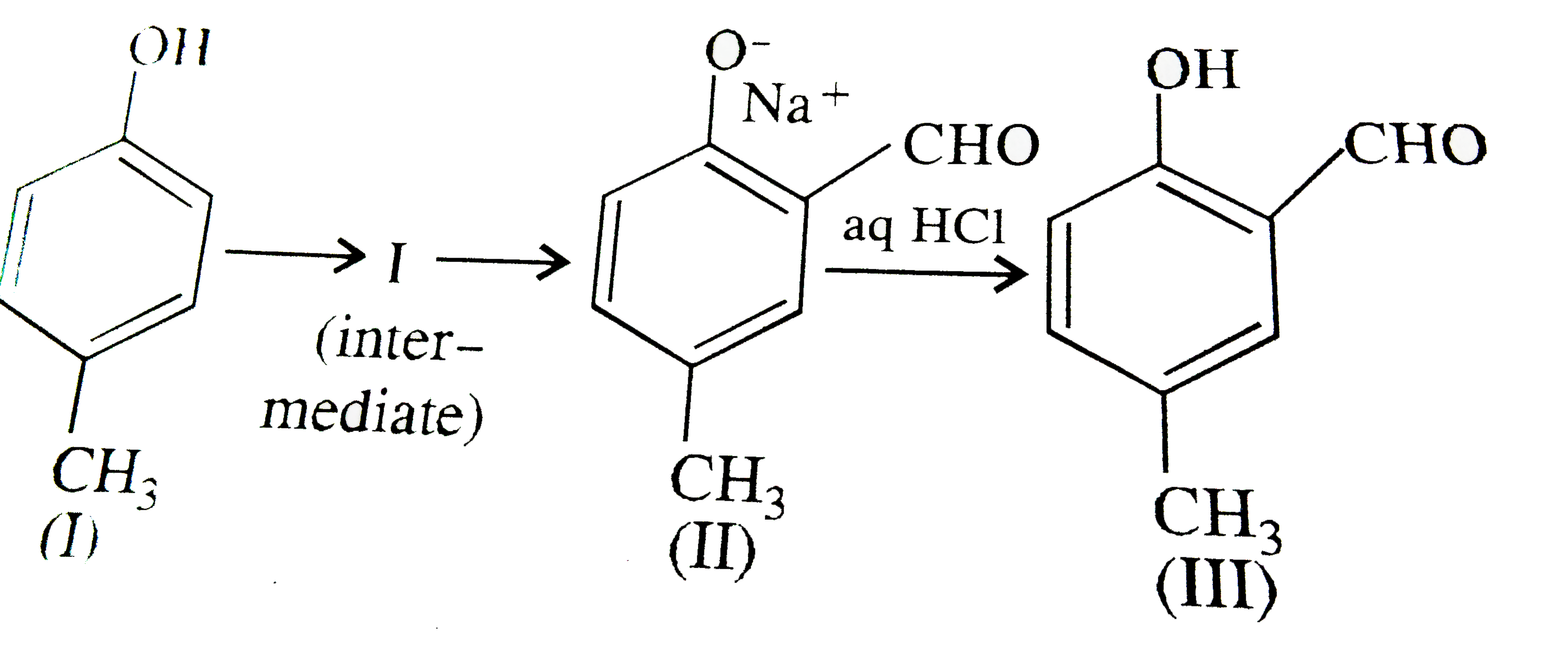
The structure of the intermediate is
View Solution
